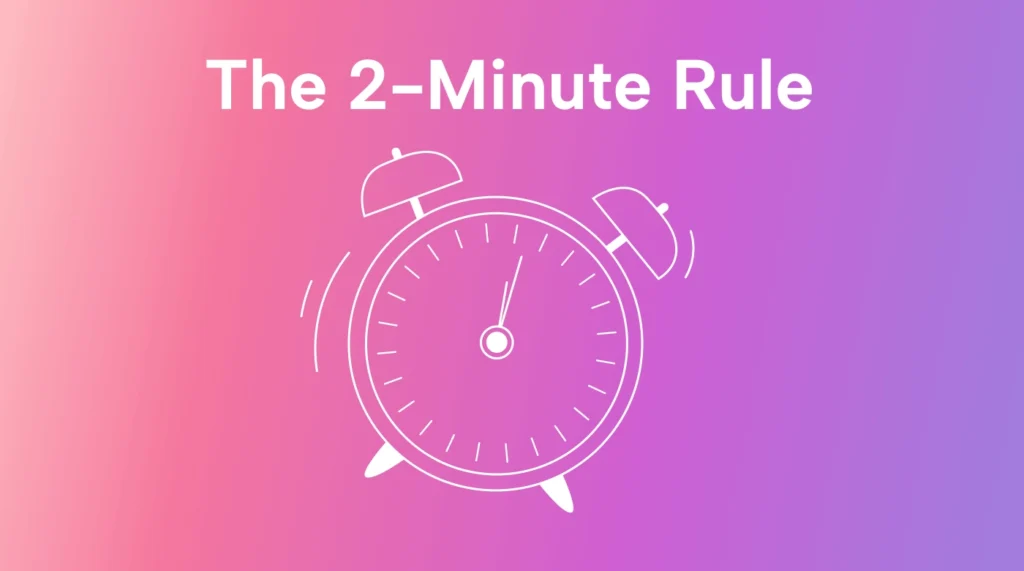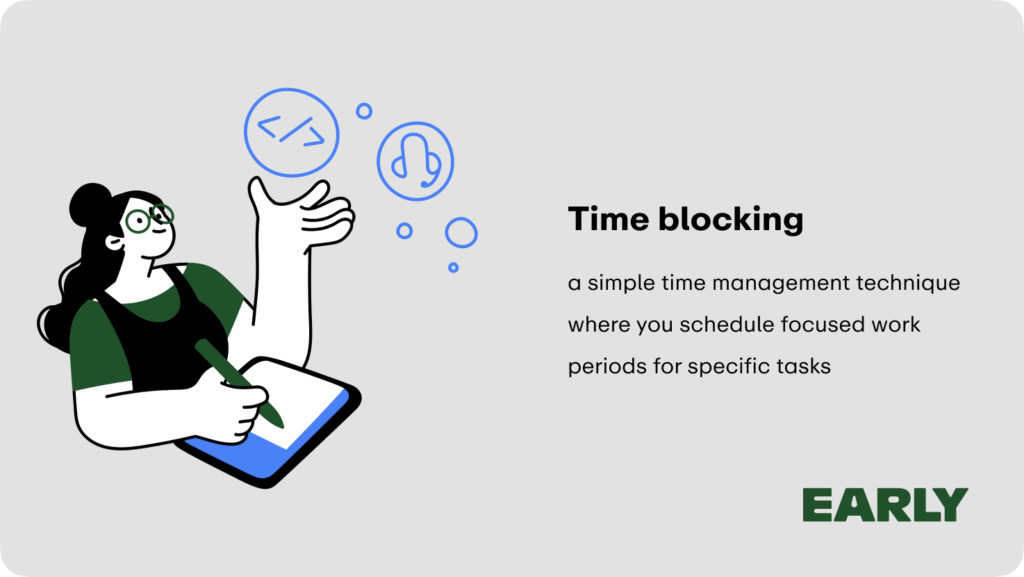Learn how to manage your time better with simple lifestyle changes. Discover easy daily habits, practical tips, and proven strategies to improve productivity, reduce stress, and create a more balanced life without feeling overwhelmed.
Managing my daily schedule used to feel like juggling too many balls at once. I always thought time management was about working harder, but I’ve learned it’s really about working smarter. By making simple lifestyle changes, I’ve created a daily flow that feels effortless yet productive. In this guide, I’ll share practical steps you can start using today to transform your routine without burning out.
Why Time Management Matters

I used to underestimate the power of effective time management until I realized how much of my day slipped away on small, unplanned tasks. Learning to structure my time gave me more freedom, not less. With small adjustments, I now enjoy extra hours for hobbies, rest, and family. The right lifestyle changes aren’t about restriction—they’re about creating space for what truly matters.
H2: Step 1 – Identify Time Wasters
Before improving my schedule, I had to spot where my hours were going. I noticed social media scrolling, unnecessary errands, and multitasking were eating up my day.
Tips to spot time wasters:
- Track your activities for 2–3 days.
- Highlight non-essential tasks.
- Reduce or eliminate them.
“You can’t manage what you don’t measure.”
By identifying time leaks, I was able to replace them with productive habits.
H2: Step 2 – Use the Two-Minute Rule
One of my favorite productivity hacks is the two-minute rule: if something takes less than two minutes, do it right away. This applies to sending quick replies, putting dishes in the sink, or filing a paper. It stops clutter—both physical and mental—from building up. This simple lifestyle tweak keeps my to-do list short and my day flowing smoothly.

H2: Step 3 – Plan Your Day the Night Before
I’ve found that planning ahead gives me a head start. Each evening, I write down my top three priorities for the next day. I also prepare my outfit and set up breakfast items. These simple lifestyle changes save precious morning minutes and keep me from feeling rushed. When I wake up, I already know exactly where to focus my energy.
H2: Step 4 – Batch Similar Tasks
Instead of jumping between unrelated activities, I group similar tasks together. For example, I reply to emails at two fixed times during the day rather than checking constantly. I also run errands in one trip. This method reduces decision fatigue and saves time. Batching is a small time management shift, but it has a huge impact on productivity.
H2: Step 5 – Set Clear Boundaries
I used to say yes to everything, which left me exhausted and behind on personal goals. Now, I set clear boundaries. I limit work calls to certain hours, mute non-urgent notifications, and politely decline tasks that don’t align with my priorities. Saying “no” has been one of the most powerful lifestyle changes for protecting my time.
H2: Step 6 – Use a Time-Blocking System
Time blocking involves scheduling specific hours for specific tasks. My calendar now has dedicated blocks for work, exercise, reading, and relaxation. By giving every important activity a set time, I avoid procrastination. This time management approach helps me stay focused because I know there’s a slot reserved for everything that matters.

H3: Daily Time-Blocking Example
| Time Slot | Activity |
|---|---|
| 6:30 – 7:00 am | Morning exercise |
| 7:00 – 8:00 am | Breakfast & planning |
| 8:00 – 12:00 pm | Focused work tasks |
| 12:00 – 1:00 pm | Lunch & break |
| 1:00 – 4:00 pm | Meetings & admin |
| 4:00 – 5:30 pm | Creative work |
| 6:00 – 7:00 pm | Family time |
| 7:00 – 9:00 pm | Reading or hobbies |
H2: Step 7 – Automate Repetitive Tasks
I used to waste time paying bills manually, scheduling appointments, and ordering groceries. Now, I automate as much as possible. Online banking handles payments, a calendar app reminds me of events, and subscription services deliver household essentials. Automation is a lifestyle change that frees up mental energy for more meaningful activities.
H2: Step 8 – Take Short, Scheduled Breaks
It sounds counterintuitive, but taking breaks improves productivity. I follow the Pomodoro technique: 25 minutes of focused work, followed by a 5-minute break. It prevents burnout, boosts creativity, and keeps me motivated. These breaks are not for mindless scrolling—I use them to stretch, drink water, or take deep breaths.
H2: Step 9 – Maintain a Minimalist Workspace
A cluttered desk used to distract me. I now keep my workspace simple: only essentials like my laptop, notebook, and a water bottle. A tidy environment reduces stress and speeds up my workflow. This minimalist approach is a small but effective lifestyle change for better time management.

H2: Step 10 – Review and Adjust Weekly
Every Sunday, I review my week to see what worked and what didn’t. If I notice certain habits wasting time, I replace them with better ones. Continuous improvement is key to successful time management. This reflection ensures I’m always moving toward a more balanced and efficient life.
H2: Key Takeaways
- Identify time wasters before making changes.
- Plan your day ahead to save morning stress.
- Batch similar tasks to maintain focus.
- Automate repetitive chores to free mental energy.
- Time block for better structure and flow.
- Set boundaries to protect personal priorities.
- Review weekly to improve continuously.
Conclusion
Learning how to manage your time better with simple lifestyle changes transformed my days from chaotic to calm. These strategies aren’t about squeezing in more work but about making room for what matters most. By applying small, intentional tweaks, I’ve found more time for joy, rest, and personal growth. Start with one change today, and watch how your daily routine begins to flow with ease.
